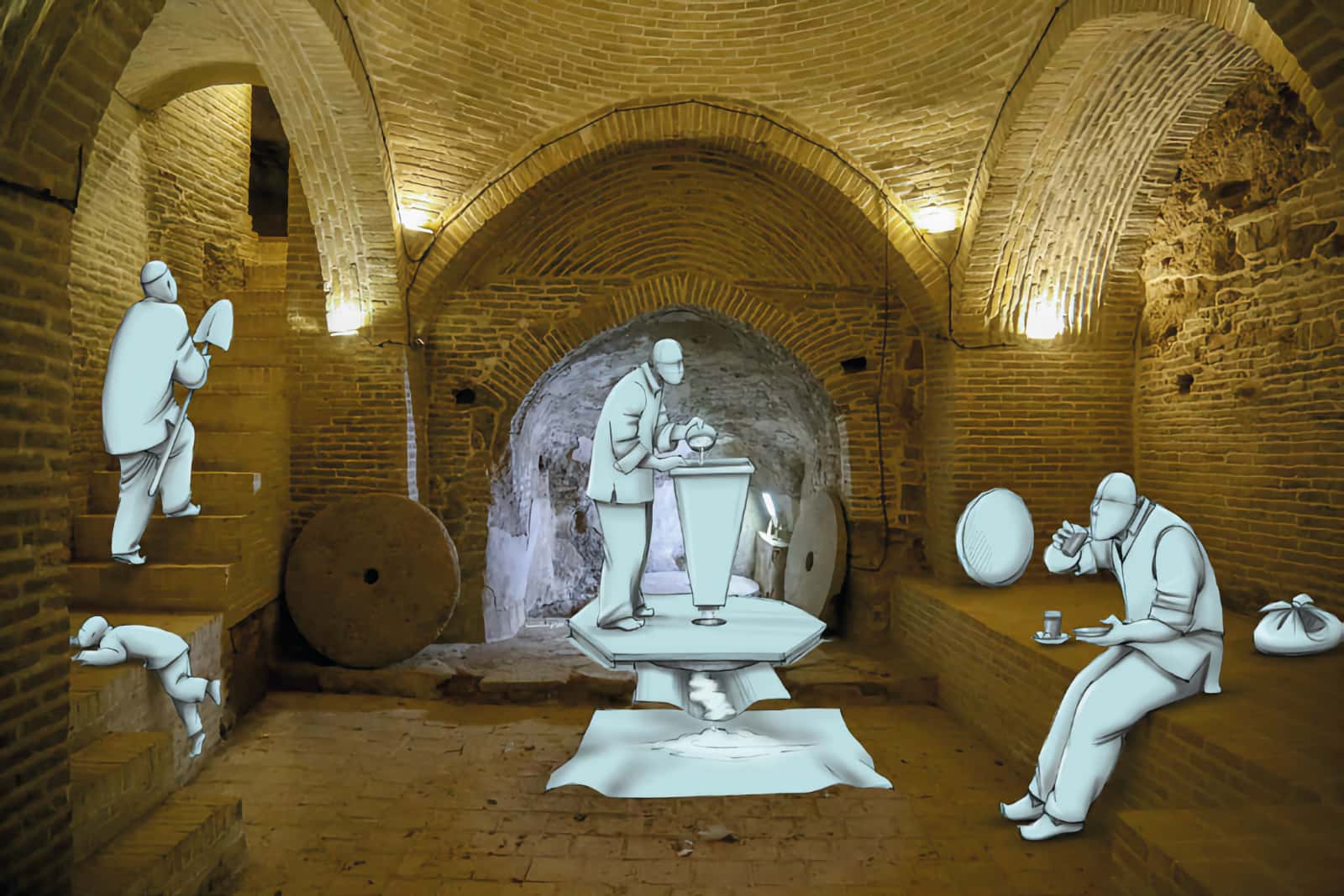
The Qanat System in Iran

Downloads
DOI:
https://doi.org/10.58981/bluepapers.2022.1.14Published
Issue
Section
License
Copyright (c) 2022 Massoud Ghaderian

This work is licensed under a Creative Commons Attribution 4.0 International License.
How to Cite
Abstract
The qanat system exploits groundwater aquifers in arid and semi-arid regions with the help of local water facilities and infrastructure. The system originated in Iran’s central plateau and then spread widely around the world, from the Middle East and Eastern Asia to Europe, North Africa and even South America. This historic water system, which reduces costs and energy consumption, offers a model of how humans can connect to their environment in a completely sustainable way. This system not only satisfies human water needs but does so without depleting natural resources. The relationship between humans and nature is very fragile in desert regions and the qanat system is capable of sustaining settlements even in Iran’s hot and dry climate. This historic system enables settlements and agriculture to survive while inspiring a unique desert-specific approach in line with the UNESCO Historic Urban Landscape (HUL) approach. This ecosystem-like approach involves not only the qanat’s canals but also associated natural structures and historical components like water reservoirs (Ab-Anbar), water mills (Asiab), water coolers (Yakhchāl), gardens (Bagh) and farms (Mazrae) and floodways (Masil).
References
Semsar Yazdi, Ali Asghar, and Majid Labbaf Khaneiki. 2016. Qanat Knowledge. Construction and Maintenance. Dordrecht: Springer.
Semsar Yazdi, Ali Asghar, and Majid Labbaf Khaneiki. 2019. Veins of the Desert. A Review on Qanat. Aalborg: River Publishers.
International Center of UNESCO on Qanat and Historic Hydraulic Structures (ICQHS). n.d. Homepage. Accessed October 17, 2022. https://icqhs.org/


